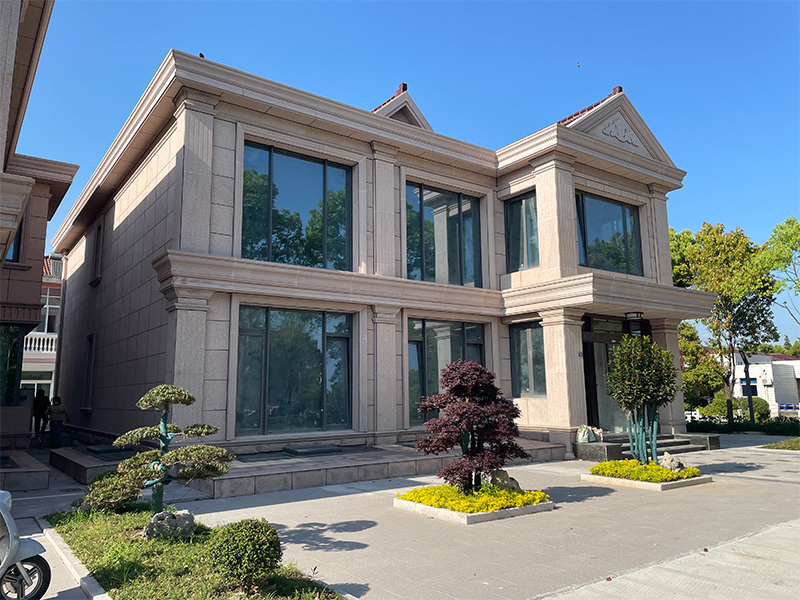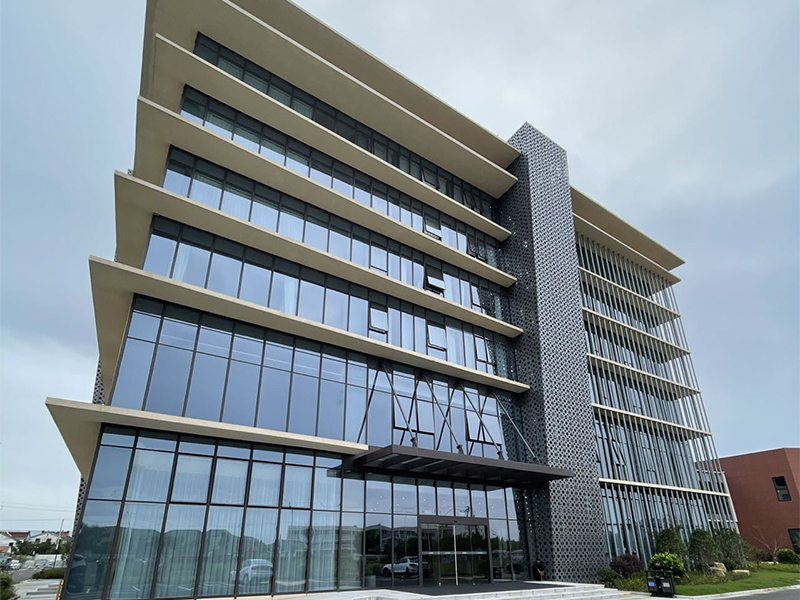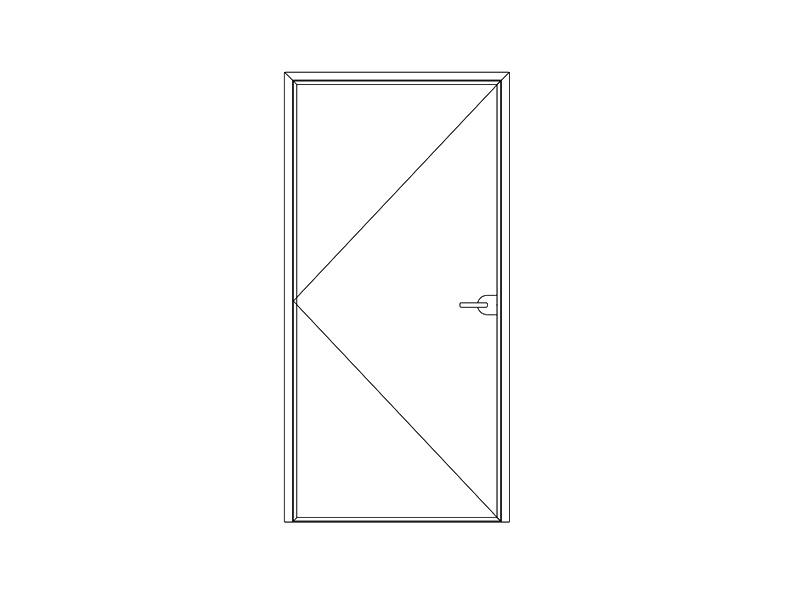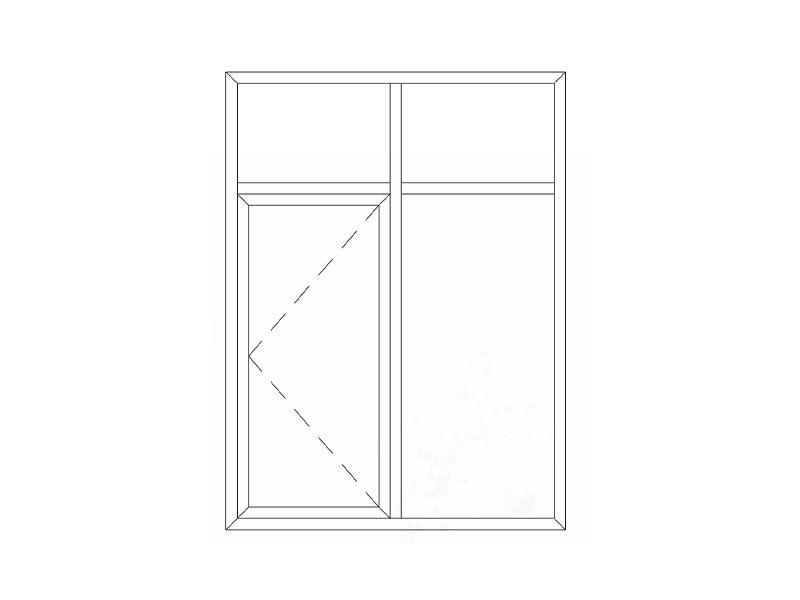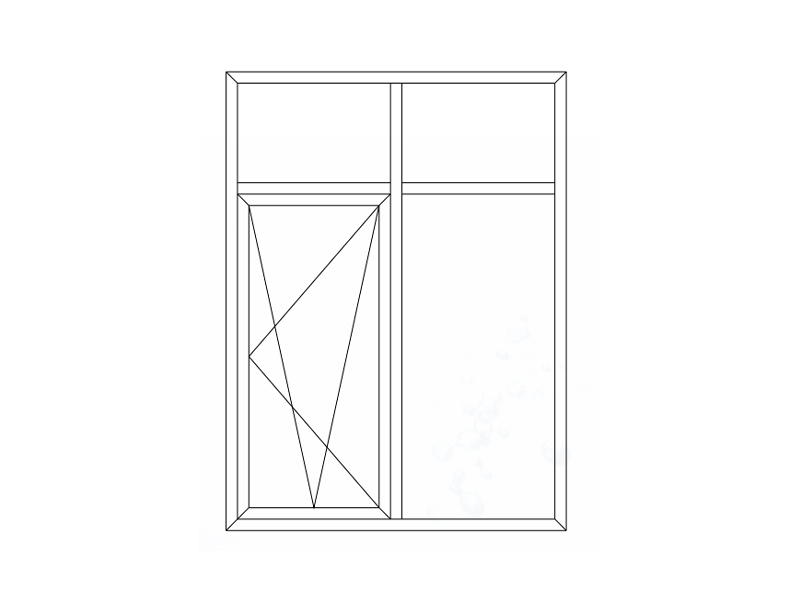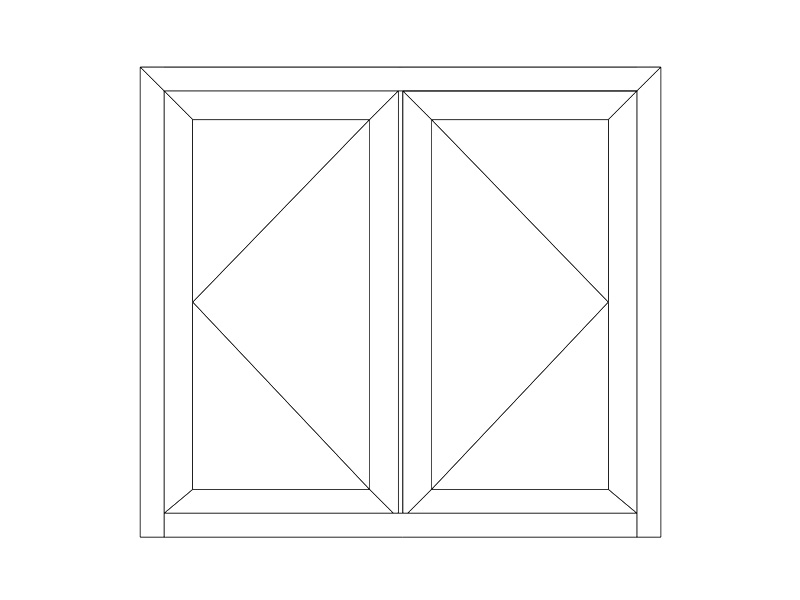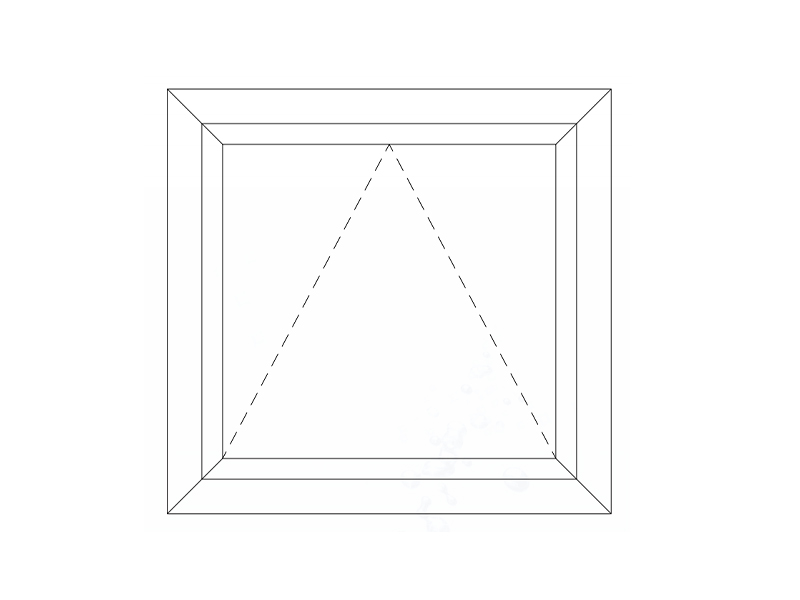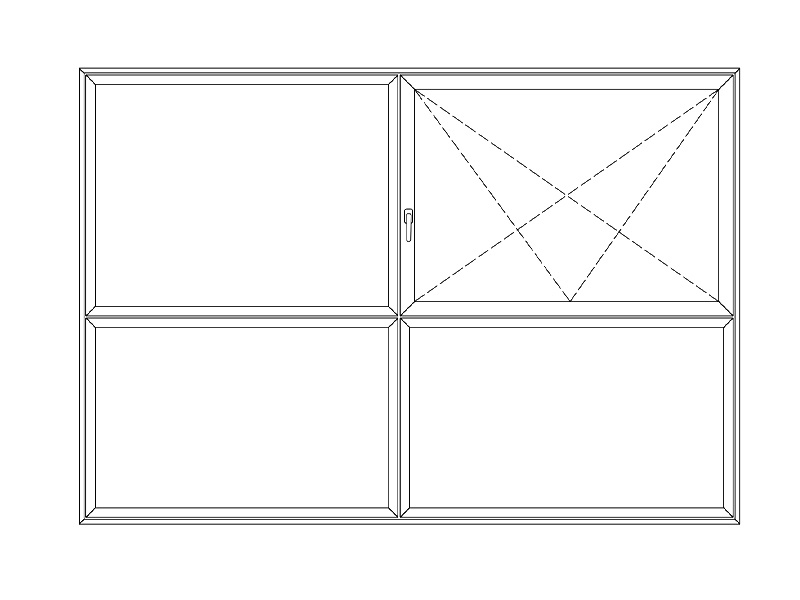Automated punching machines are essential tools in modern manufacturing, enabling rapid and precise creation of holes and forms in various materials. These sophisticated pieces of equipment, also known as CNC punching machines, turret punch presses, or automatic hole punching systems, leverage advanced technology to deliver efficiency and accuracy far beyond manual methods.
At their core, automated punching machines operate on principles of controlled force and precise positioning. Here’s a breakdown of the key components and their functions:
1. The Machine Frame and Bed
The foundation of any automated punching machine is its robust frame and a flat bed. The frame provides the structural integrity to withstand the immense forces generated during punching, while the bed serves as the stable surface upon which the material (often sheet metal) is placed. The design of these components is critical for maintaining accuracy and minimizing vibrations.
2. The Turret and Tooling
One of the most distinctive features of a turret punch press is its turret – a rotating disc that holds a multitude of punches and dies. These tools come in various shapes and sizes, allowing for the creation of round, square, rectangular, and even custom-shaped holes. The upper turret holds the punches, while the lower turret holds the corresponding dies. When a specific punch is required, the turret rotates to align the desired tool set with the punching ram. This rapid tool change capability is a major factor in the machine's efficiency.
3. The Punching Ram
The punching ram is the mechanism that delivers the force to create the hole. It's typically hydraulically or mechanically actuated, moving vertically to drive the punch through the material and into the die below. The power and speed of the ram are critical for clean and precise cuts, especially in thicker or harder materials.
4. Material Clamping and Positioning System
To ensure accurate hole placement, the material being processed must be securely held and precisely positioned. This is achieved through a clamping system, often involving hydraulic or pneumatic clamps that grip the edges of the sheet. The clamped material is then moved along the X and Y axes by a highly accurate positioning system, typically driven by servo motors and ball screws. This allows the machine to precisely locate the punching point according to the programmed design.
5. Computer Numerical Control (CNC) System
The "automated" aspect of these machines is largely due to their Computer Numerical Control (CNC) system. This is the brain of the operation, interpreting design data from CAD (Computer-Aided Design) software and translating it into precise instructions for the machine's movements. The CNC system controls:
-
Tool selection: Deciding which punch and die to use.
-
X and Y axis movement: Positioning the material under the punch.
-
Ram actuation: Controlling the timing and force of each punch.
-
Turret rotation: Changing tools as needed.
-
Safety features: Monitoring for errors and ensuring safe operation.
Operators load the design program, and the CNC system takes over, executing the punching sequence with incredible speed and repeatability.

6. Slug Removal System
When a hole is punched, a small piece of material, known as a "slug," is created. Automated punching machines incorporate slug removal systems to prevent these slugs from interfering with subsequent operations. This often involves a chute or conveyor system that collects and removes the slugs from the work area.
The Automated Punching Process in Action:
-
Design Input: A design is created in CAD software, specifying the dimensions, shapes, and locations of all holes and forms.
-
Program Generation: This design is converted into a CNC program, which is then loaded into the machine's control system.
-
Material Loading: The sheet material is loaded onto the machine bed and securely clamped.
-
Automated Operation: The CNC system takes over. It directs the material positioning system to move the sheet to the first punching location. The turret rotates to select the correct punch and die. The ram then descends, punches the hole, and retracts. This process repeats rapidly for every required feature on the sheet.
-
Part Unloading: Once all punching operations are complete, the finished part is unloaded.
Automated punching machines offer significant advantages, including high production rates, exceptional accuracy and repeatability, reduced labor costs, and the ability to produce complex part geometries efficiently. Their role in industries ranging from automotive and electronics to HVAC and appliance manufacturing underscores their importance in modern production lines.

